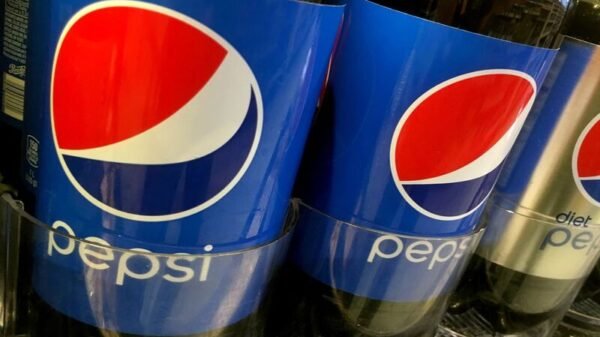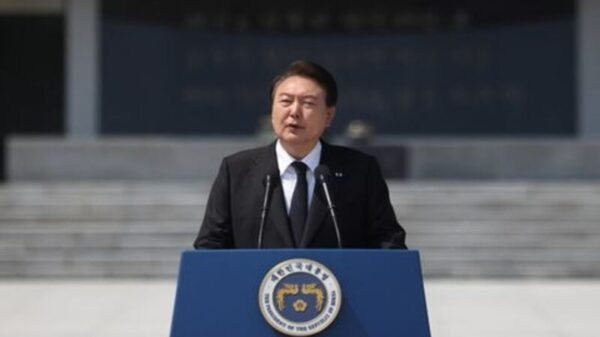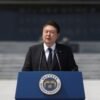According to a new report, congestion caused by cheap gas and a surging economy has cost U.S. motorists almost $300 billion last year. Out of the 1,064 cities studied by transportation analytics firm INRIX, Los Angeles had the worst traffic in the world.
The average driver in Los Angeles wasted 104 hours sitting in gridlock during the busiest commute times last year and lost about $2,408 per person in wasted fuel and productivity. Moscow had the second-worst congestion, followed closely by New York and San Francisco. Motorists in New York spent an average of 89 hours in traffic last year during peak periods. San Francisco drivers spent an average of 83 hours in traffic in 2016.
Senior economist at INRIX and co-author of the report Bob Pishue said, “Gas prices haven’t increased that much over the last year or two.” Cities like New York, San Fransisco, and Los Angeles saw a strong uptick in economic growth or productivity. According to Pishue, “Those kinds of factors, combined with an already strained road network leads to increased congestion.”
The increasing amount of freight on the nation’s roads and highways will tend toward gridlock, despite the growing popularity of ride share services like Uber and Lyft that are working to reverse the decline in car pooling.
“With an economic recovery […] the movement of goods also puts a lot of strain on the roads,” Pishue continued, “So even if people reduce their driving a little bit, freight is still increasing.”
The report also highlights efforts to get traffic moving in the more congested municipalities. Los Angeles voters approved Measure M in November, a plan with a budget of $120 billion aimed at updating transit infrastructure. San Fransisco opened its Smart I-80 corridor in September, which may be helping keep traffic from getting worse. New York City continues to expand the new 2nd Avenue subway line, which will ultimately ferry more than 200,000 commuters a day.
“Those kinds of unique city challenges rely on big data, technology, [and] connectivity. That’s where these solutions lie, not necessarily in adding a lane to a big highway or building a big parking garage,” said Pishue.




































Comment Template